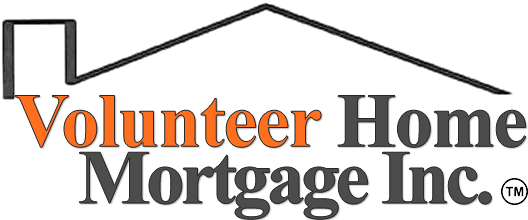When you buy a house, you may feel like everything about your mortgage is set in stone. But refinancing makes your mortgage far more flexible than you may realize.
Need a lower interest rate? Want to pay off other debts faster? Regretting that you went for the adjustable-rate mortgage (ARM)? Refinancing lets you adjust your mortgage so it fits the needs and opportunities you have today.
What Does It Mean to Refinance Your Home?
When you refinance, you take out a new mortgage that pays for the old one. Then, you continue your payments on the new mortgage. Here’s how it works:
You meet with the lender of your choice and explain what you’re looking for. If you don’t like the lender you used the first time around, you’re free to choose another one. The lender looks at your finances to assess what kind of loan they can offer — just like they did when you took out your first mortgage.
If the lender can offer you a more favorable mortgage, they do! The new mortgage pays the remaining balance on the old one. Then, you start making payments on the new one.
It is important to note that this new mortgage comes with new closing costs. Usually, these are 3% to 6% of your outstanding principal. The Consumer Financial Protection Bureau created a guide to help homeowners understand some of the risks of refinancing. But for now, we’ll focus on the benefits you may experience from refinancing your home mortgage.
1. A Lower Interest Rate and Monthly Payment
One of the most common reasons people refinance is to get a lower interest rate. If your original loan had a high interest rate, this can be a great way to lower your monthly payment while reducing your overall debt. Most people will wait to do this until interest rates drop. However, if you’ve made significant improvements to your credit, you may want to look into refinancing regardless.
Remember, you’ll pay new closing costs on this mortgage. So, make sure you plan on staying in your house long enough that the money you save pays for those costs. (See our full breakdown on closing costs when you refinance.)
2. Ditch Your Private Mortgage Insurance (PMI)
When you make a down payment lower than 20%, most loans require that you pay for PMI. This is insurance for the lender that you pay for every month until you’ve paid off 20% of the loan. But you can also have PMI canceled when your loan-to-value ratio falls below 80%.
What’s a loan-to-value ratio? It’s the amount of your loan divided by the value of your house. So, if your house’s value rises significantly, you can refinance with the new house value in mind. When you do this, your loan will take up a smaller percentage of your house’s value. And if the loan-to-value ratio drops enough, you can also drop the PMI.
The other way to do this is to wait until interest rates drop significantly. With a lower interest rate, your total loan amount will be lower as well.
3. Pay Off Your Home Earlier
Many homebuyers opt for a 30-year mortgage because the payments are lower. However, if your financial situation has improved, you may consider refinancing to a 15-year mortgage. This helps you build equity faster and ultimately pay off your home sooner.
Of course, you will have higher monthly payments. But because you’re paying over a shorter period, more of your payments are going to your principal. That means you’ll ultimately spend less on your house than you would on a 30-year mortgage.
4. Pay Off Debts, Remodels, Vacations, and More
When you’ve made enough payments on your house, you can do a cash-out refinance. The “cash-out” part is based on the equity you’ve built over the years by paying down the loan. Basically, you’re borrowing back some of the loan that you’ve already repaid. Most lenders simply require that you leave at least 20% of the equity on your home.
When you do a cash-back refinance, you get the new mortgage, plus a cash loan for the amount requested. Of course, you’ll have to pay back the cash-out as part of your mortgage. But you can use this cash any way you want. It can pay off high-interest loans, help you remodel your home, or even pay for a vacation. One important thing to note is that you will pay closing costs on the entire amount borrowed — your mortgage and the cash-out.
5. Trade Your ARM for a Fixed-Rate Mortgage
Lots of people who choose adjustable-rate mortgages (ARMs) do so for the low opening interest rate. An ARM can provide significant savings in its early years, when the interest rate is fixed. However, once the interest rate starts fluctuating, you may find the payments go higher than you desire. Fortunately, it’s probably not too late to switch to a fixed-rate mortgage. (See our blog on ARMs vs. fixed-rate mortgages.)
Refinancing to a fixed-rate mortgage allows you to experience the best of both loan types. You get the (often) lower interest rate of the ARM to start and the stability of a fixed-rate mortgage while you pay off the rest of the house.
Got Questions About Refinancing?
At Volunteer Home Mortgage, we love to see people achieve their dreams by refinancing. If you want to see what refinancing can do for you, we’d love to talk! We’ll explain the entire process, help you find the best deal, and walk with you from beginning to end.
Contact our team today to get started on your refinance!

